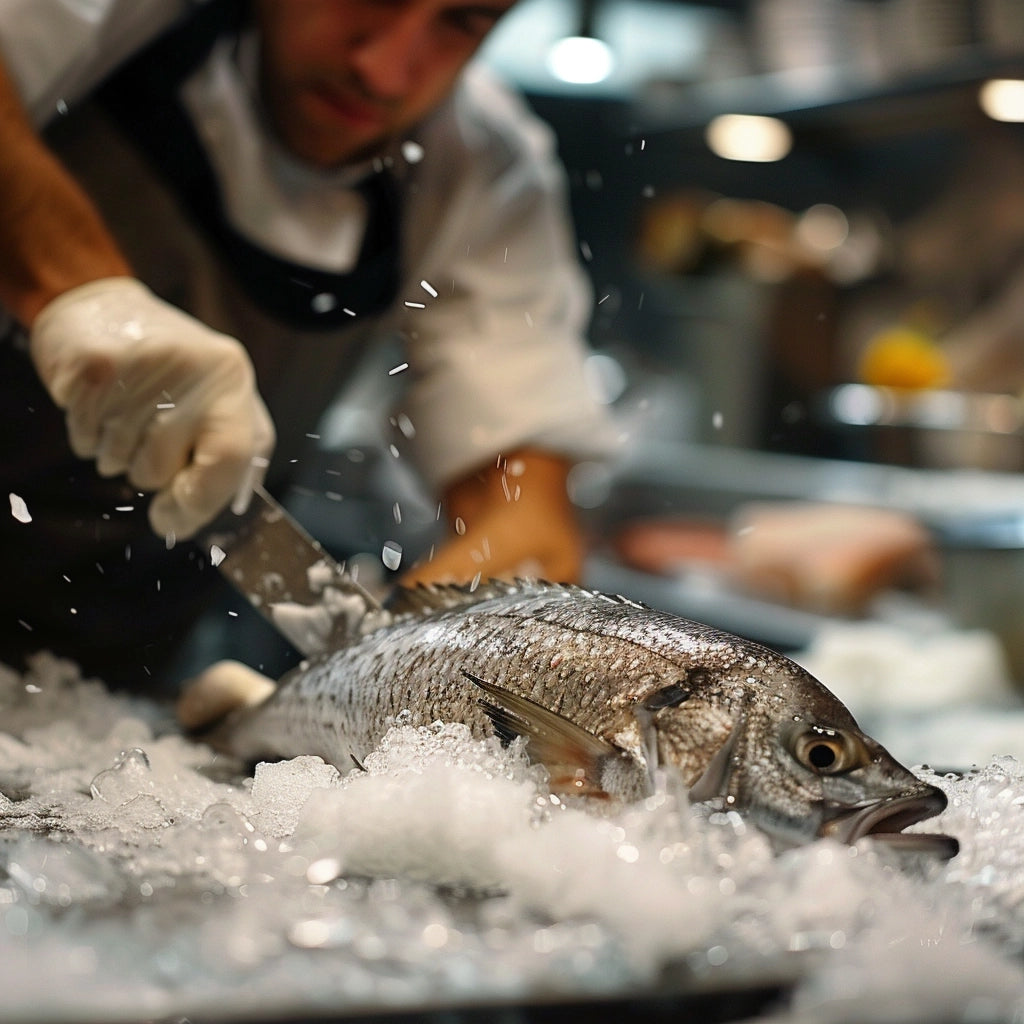Maximising Flavour and Texture Through Strategic Cuts
Each cut of fish serves a unique purpose and brings out different aspects of its flavour and texture. Whether you're aiming for the delicate finesse of a fillet or the hearty satisfaction of a steak, understanding these cuts can transform your culinary creations.
Fillet for Flexibility: Fillets are the go-to for most fish dishes, offering a boneless piece of pure meat that's perfect for a wide range of cooking methods. When working with Barramundi/Sea Bass, fillets can be gently pan-seared to achieve a crispy skin while maintaining a tender inside. This cut not only showcases the fish's mild, buttery flavour but also makes for an elegant presentation.
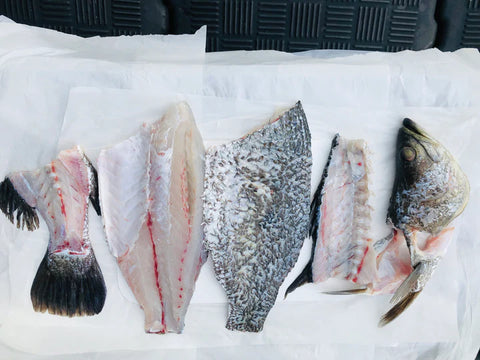
Steaks for the Grill: Cutting your fish into steaks, typically about 1 inch thick, is ideal for heartier fish like Grouper. This cut is perfect for grilling or broiling, where the high heat can caramelise the outside without drying out the meat. The robust structure of Golden Snapper steaks holds up well against the intense flavours of marinades and rubs, making it a favourite for those looking to add some zest to their meal.
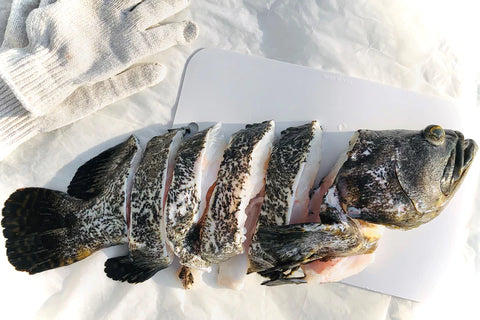
Head Cuts for Hearty Dishes: Utilising the head cut, especially with Snapper and Grouper, adds depth to soups and stews. The Pearl Grouper’s supersize head offers an abundance of meat, flavour, and collagen, enriching any broth it's cooked in and turning a simple dish into a feast.
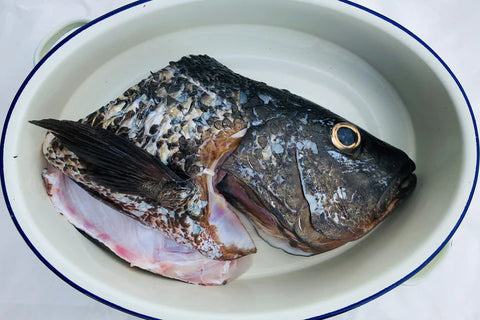
Halved for Versatility: Cutting your fish in half allows you to enjoy the best of both worlds—fillet on one side, steak on the other. It’s particularly suitable for Sea Bass, where the natural flavour and moisture are preserved, perfect for steaming with a touch of ginger and soy sauce.

Zero-Waste Cooking with Fish
Embracing a zero-waste approach in the kitchen doesn't just save resources; it opens up a realm of culinary possibilities. By using every part of the fish, from head to tail, you contribute to a more sustainable food system.
Rich, Nutritious Stocks: Don't toss those heads and bones! Simmering them with herbs and vegetables creates a rich, nutritious stock that can serve as the base for soups or sauces. Adding Sun-Dried Fish Maw to the broth introduces an extra layer of flavour and texture, making your dish not just tasty but also packed with beneficial collagen.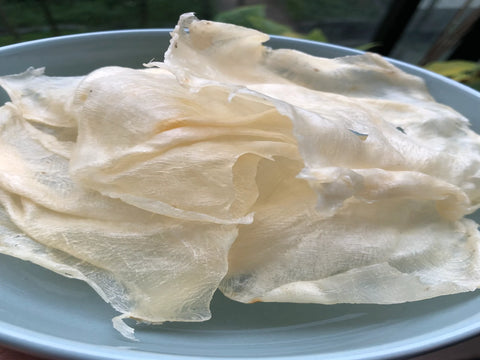
Creative Culinary Projects: Leftover fish parts can be transformed into a variety of dishes. Fish heads, for example, can be roasted to make a delicious pâté, or the bones can be fried into a crispy snack. It's all about creativity and respect for the ingredients.
By choosing farm-to-table fish and employing strategic cuts and zero-waste cooking methods, you're not just preparing a meal; you're participating in a sustainable culinary culture. It's a practice that respects the ocean's bounty, supports local economies, and delivers unmatched freshness and taste to your table. So, next time you're in the kitchen, remember: every cut matters, and every bit of the fish has a role to play in your culinary masterpiece.

